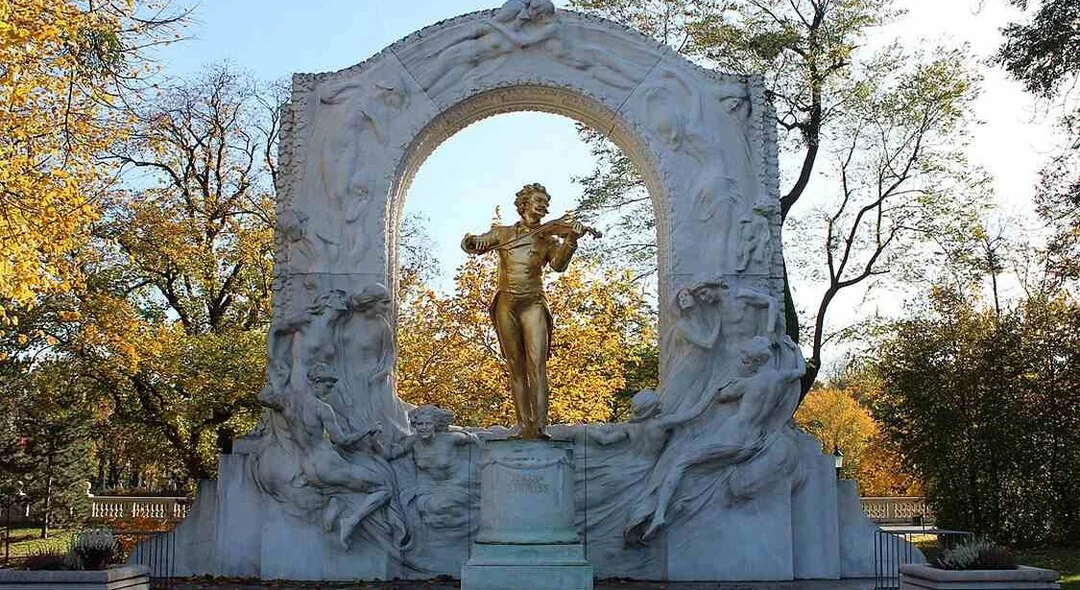
‘Blue Danube’ Waltz Beamed Into Space: Celebrating ESA’s 50th Anniversary and Strauss’s 200th Birthday
Get ready for a cosmic concert! The world's most famous waltz, Johann Strauss II's "Blue Danube," is being beamed into space to celebrate a unique confluence of anniversaries: the 50th birthday of the European Space Agency (ESA) and the 200th birthday of the "Waltz King" himself. This playful gesture highlights humanity's enduring fascination with space exploration.
The event, a joint effort between ESA and the Vienna Tourist Board, features a live performance by the Austrian Wiener Symphoniker (Vienna Symphony Orchestra). A livestream of the concert, taking place on May 31st, will be available in New York City, Madrid, and Vienna, Strauss's birthplace. The recorded "Blue Danube" will then be transmitted into deep space.

This isn't the first time music has been sent into the cosmos. In 2008, NASA celebrated its 50th anniversary by transmitting The Beatles' "Across the Universe" into deep space. ESA is following suit, adding a touch of Viennese charm to the vastness of space.
According to BBC Sky at Night Magazine, the transmission is scheduled to begin at 21:30 CEST (20:30 BST / 15:30 ET) via ESA's Cebreros antenna. The "Blue Danube" will travel at the speed of light, reaching Voyager 1 in approximately 23 hours. Voyager 1, the farthest man-made object still in communication with Earth, is located more than 15 billion miles away in interstellar space.

Octave Procope-Mamert, responsible for ground infrastructure for spacecraft operations at ESA, stated, "We are delighted that Cebreros station can support this artistic project using spare capacity to transmit a signal to the Universe. Sending a work of musical genius to the stars highlights the technical genius that we apply every day in flying and communicating with European missions discovering new knowledge throughout the Solar System."
ESA has a long history of collaboration with NASA, including projects like the International Ultraviolet Explorer (IUE), the Hubble Space Telescope, and the James Webb Space Telescope. ESA's deep-space antenna in Cebreros has supported numerous missions, including BepiColombo, Euclid, Juice, Hera, Rosetta, Mars Express, and NASA’s Perseverance rover.

Will extraterrestrial civilizations appreciate Strauss's masterpiece? What other cultural treasures should we share with the universe? Let us know your thoughts in the comments below!
Don't forget to share this unique celebration of European history, art, and space exploration!